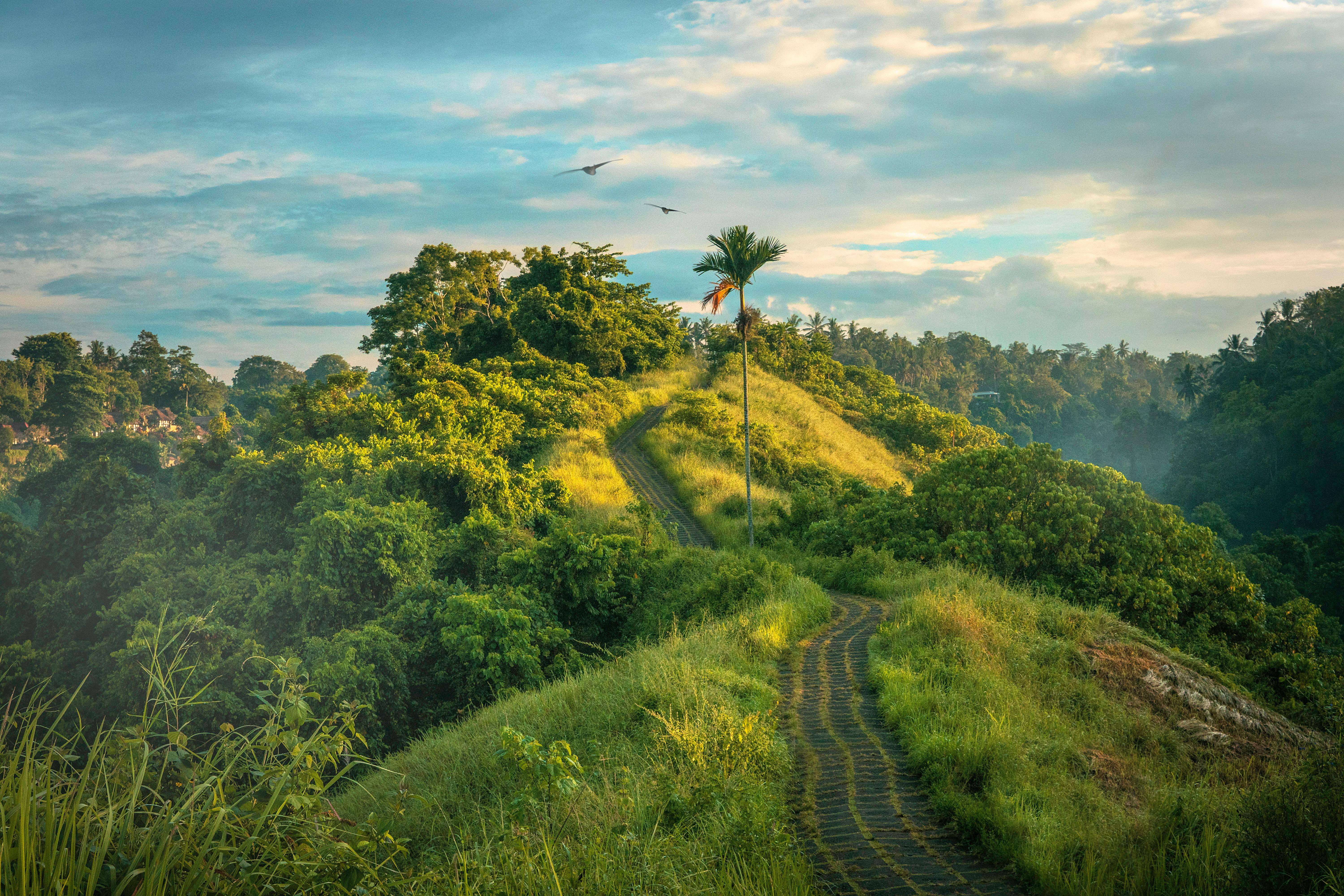Namibia is located on the west coast of Africa, between South Africa in the south and Angola in the north. A sparsely populated country where you can drive hundreds of miles without seeing a town.
Swakopmund is located between the sea and the dunes, a true oasis in the desert. The German influence is still strongly visible in the architecture. The Hotel Europahof is just one of many examples of this European heritage.
Even the old prison is a beautiful building.
Swakopmund is one of the most popular holiday towns for Namibians and quite crowded during the Christmas holidays. Bordering the Atlantic Ocean, which is colder, the water temperature is relatively low. Morning mist is a common appearance. The fog can stay all day and create a fairytale picture on the road between Swakopmund and Walvis Bay. On one side you have the ever-changing dunes and on the other side the ships that look like something out of “Pirates in the Caribbean” far out in the mist over the ocean.
Accommodation can be found in one of the many hotels, as well as apartments and holiday homes. The Swakopmund Hotel and Entertainment Center used to be the old station building. It was beautifully restored and now houses a five-star hotel with a casino, restaurants, shops, and a cinema.
There are enough restaurants to keep the hungry happy. Cafe Anton is popular for its typically German cakes and cookies. The Lighthouse Pub & Restaurant has a nice outside area overlooking the ocean. On a clear day, the sunsets over the ocean are spectacular.
Naukluft Park, just outside Swakopmund, is one of the must-see places in the area. You must obtain an entry permit from the internal affairs office before entering. It costs N$40 (less than $4) per person and N$10 per vehicle. The big attractions, apart from the desert dunes, are the lunar landscape and the Welwitschia plants. While these plants aren’t particularly pretty, they definitely have a charm all their own. Some of them are more than 1000 years old. They grow very close to the ground and have only two leaves. You won’t think this when you see them, as the leaves are torn from many years of exposure to the elements of nature. They are endemic to Namibia and a wonderful photo opportunity.
Dune 7 is the other must see in Swakopmund. It is a few kilometers from Swakopmund, close to the Walvis Bay airport. Everyone who has been to Namibia is asked the same question “Did you climb dune 7?” From below it looks relatively easy, until you start sliding back more than you go forward. If you don’t feel like climbing, you can try sandboarding. They put you on a quad and then you just slide down, over and over again. Sunscreen is a must for this activity if you don’t want to look like a shrimp after a few minutes. It is said to be the highest sand dune in the world.
English is the official language of Namibia. Afrikaans and German are also widely heard, as are the many local languages. The currency is the Namibian dollar, which has the same value as the South African rand. Most Namibian businesses accept rand. Restaurants and hotels in tourist areas accept most credit cards for payment. Visa seemed to be the most accepted.
Swakopmund is just one of the places that this beautiful desert country has to offer.
